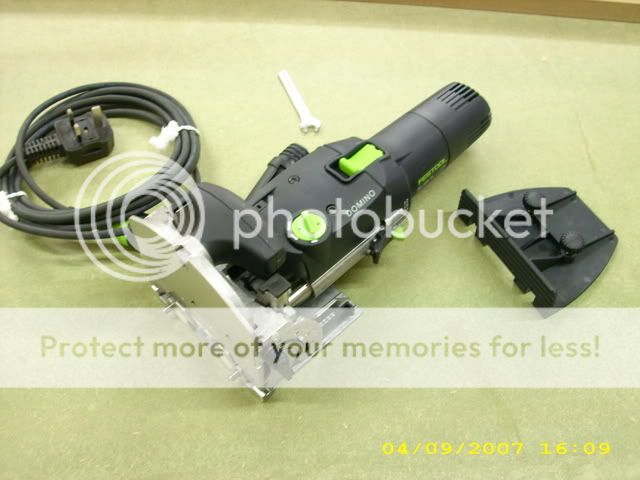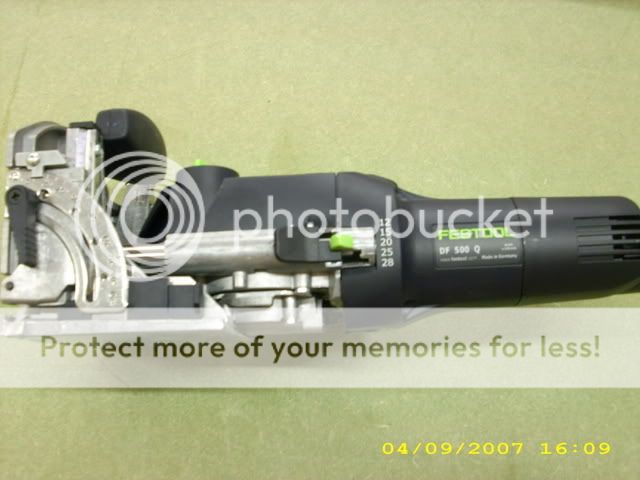paulm
IG paulm_outdoors
Yeah but......, nobody has yet explained why or when you would use one and what it's main advantages are over biscuiting, dowelling, traditional M&T's or whatever........ :-k :sign3:
Cheers, Paul.
Cheers, Paul.



Byron, in a real production shop for batch work (i.e. a place turning out tens of things) you'd probably use something like a Rye or Bacchi round end tenoner and a matching slot mortiser - these machines make the Domino look extremely pedestrian and being very substantial will last for many years (even Festool stuff falls apart eventually, you know).ByronBlack":9wkrd33s said:Paul - the theory is that it's a replacement for M&T's in production furniture where speed is required. You can batch cut hundreds of loose mortices in no time at all and use the 'dominoes' as the tenons. You could do the same thing with a jigged router setup I suppose, but it's nice to have a dedicated tool.
Scrit":32fq801c said:I sometimes feel that those who laud it so highly have never experienced the other alternatives.
Scrit
TonyTony":3ohk7oqt said:.....sometimes I'm not sure you really have a grasp of the difference between a pro woodworker making a living at it in a pro shop, and a weekend woodworker doing it for fun
Taken in that context what I said was perfectly correct. The Domino is not a volume production machine (in the same way a portable router isn't), a static machine such as a Rye or Bacchi round-end tenoner is. Never hear of one? Well the round-end tenoner is alive and well in amateur woodworking circles in the form of the JDS Multi-Router, the Woodtek Matchmaker or the Stansfield Joiner/Shaper (all of which are in one of the late Patrick Spielman's books) - always assuming that you don't just rout out both the holes with a router and template jig and round off the edges of some flat stock on a sander....... Or is it that you are saying that I should limit the content of my responses to what you can buy from Rutlands or Axminster?"...the theory is that it's a replacement for M&T's in production furniture where speed is required."
Oh, I see, ignorance is bliss :roll: :wink:Tony":3ohk7oqt said:Most people who rave about the Domino (as far as I have seen) are hobbiests and as such have never seen, yet alone used one of the machines you talk about
But it is my intention, in the not too distant future, to go back to the roots of my original plan and that was to make beautiful one off pieces for"the discerning customer"
JFC":3nf8k1fk said:On a serious note if you want to be doing that Dom then i don't think any false tenons or the like will be what your customers are after . Not if you want to be building real classy stuff like we all would like to do
On another note you are now called Domino Dom :lol:
Enter your email address to join: